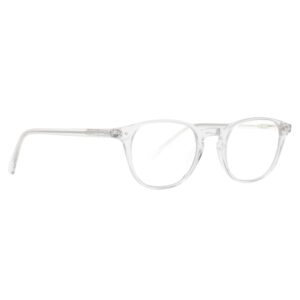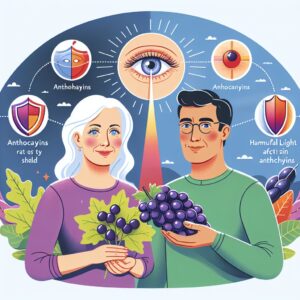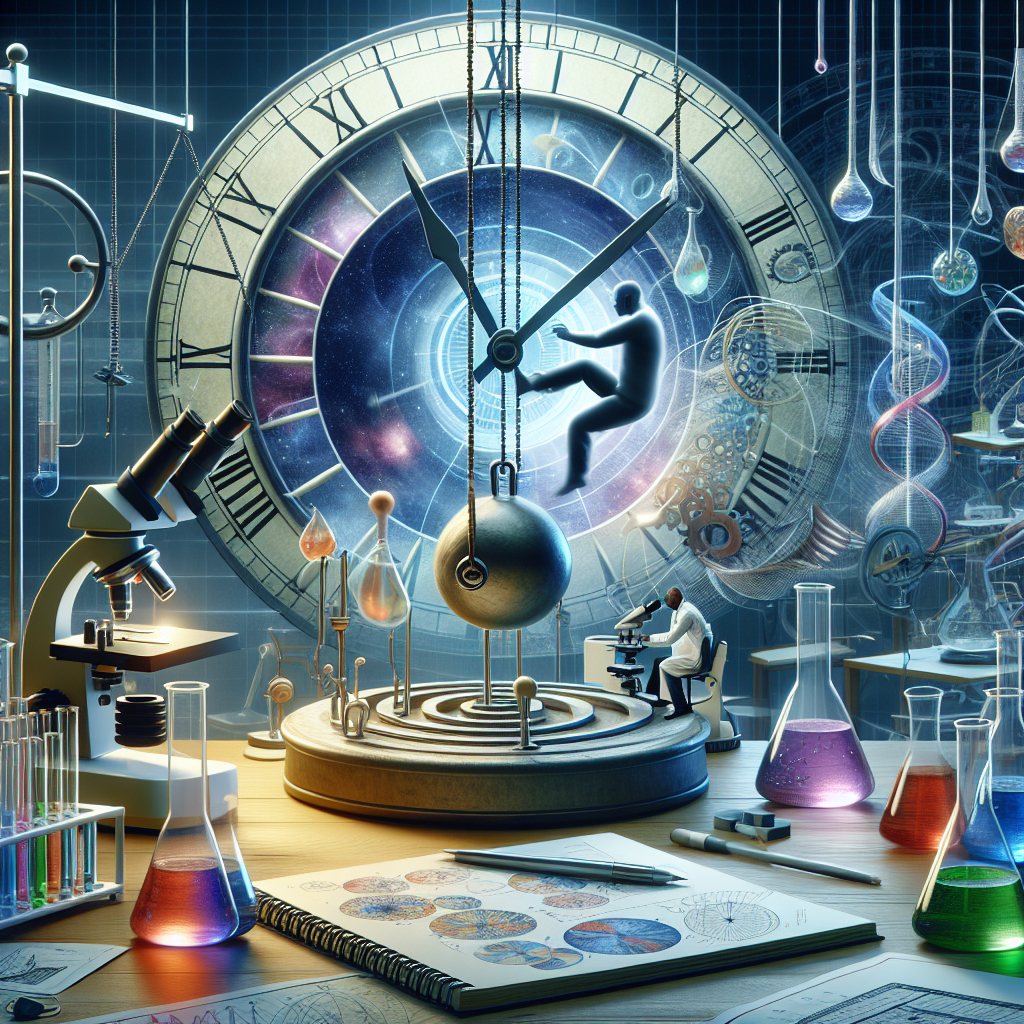
Key Takeaways
-
Blue light, primarily from electronic devices, significantly affects our circadian rhythm.
-
During daylight hours, blue light can boost attention and mood, but at night, it can disrupt sleep.
-
Reducing blue light exposure before bedtime can help improve sleep quality.
-
Strategies like using blue light filters and embracing natural light during the day can help regulate sleep patterns.
-
Understanding the science behind circadian rhythms empowers you to make informed decisions for better sleep health.
Sleep Tight: The Lowdown on Blue Light and Your Body Clock
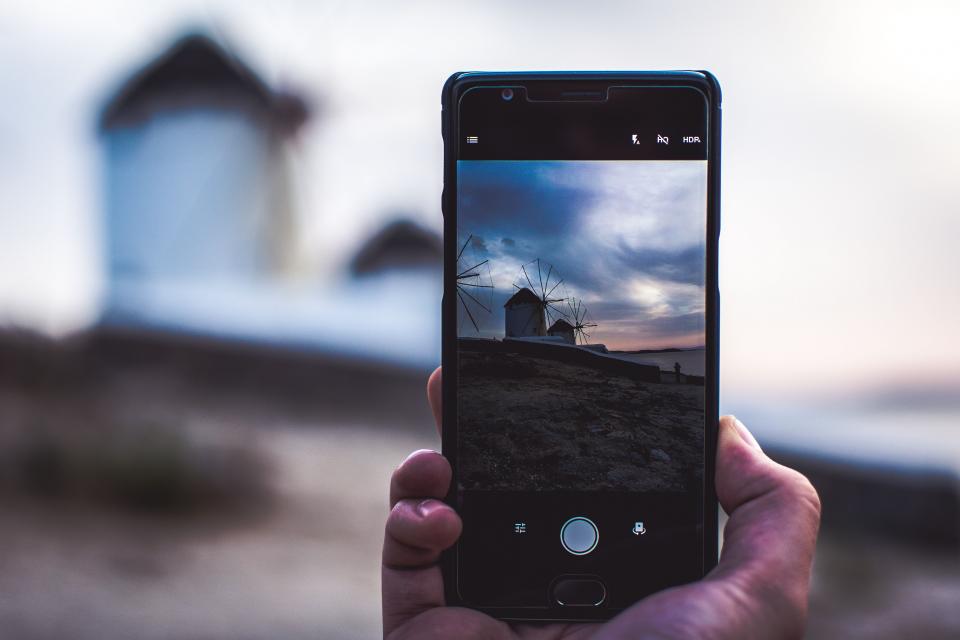
“Mobile Phone Free Stock CC0 Photo …” from stocksnap.io and used with no modifications.
Imagine you’re sitting in a dark room, and suddenly, a bright blue light starts glowing from your phone. Your eyes fixate on the screen, and without realizing it, your body has just received a signal that could throw off your entire sleep schedule. That’s the power of blue light—a type of light that’s become an integral part of our daily lives, especially as we increasingly depend on digital devices.
What is Blue Light and How Does it Affect You?
So, what exactly is blue light? It’s a spectrum of light that’s particularly energetic and visible to the human eye. It’s what makes the sky look blue on a clear day. But here’s the twist: the same blue light that’s coming from the sun is also beaming at you from the screens of your devices, and that’s where the trouble begins.
When blue light hits your eyes, it sends a signal to your brain that it’s time to be awake and alert. This is great when you need to focus during the day. However, when the sun goes down, continued exposure to blue light can trick your brain into thinking it’s still daytime, which can prevent you from winding down and getting the rest you need.
Tips to Balance Blue Light for Better Sleep
Here’s what you can do to balance blue light exposure:
-
Turn off electronic devices at least an hour before bed.
-
Use blue light filters on your phone or computer.
-
Switch to dim, warm lights in the evening to signal your body that it’s time to rest.
Blue’s Clues: Decoding the Impact on Circadian Rhythm
Your circadian rhythm is like an internal clock, running in the background to cycle your body through sleepiness and alertness at regular intervals. It’s what tells you to feel sleepy at night and wake up in the morning. Blue light plays a significant role in setting this clock.
What Exactly is Circadian Rhythm?
Think of your circadian rhythm as a 24-hour internal timer that’s running in the background of your brain. It regulates not just sleep, but also body temperature, hormone release, and even eating habits. This rhythm is naturally in tune with the rise and set of the sun, but our modern lifestyle has introduced a new player into the mix—artificial blue light.
The Science Behind Blue Light’s Effect on Sleep
Let’s dive into the science a bit. Blue light impacts a hormone called melatonin, which is crucial for sleep. When blue light enters your eyes, it suppresses melatonin production, signaling to your body that it’s not yet time to sleep. This is why staring at a screen before bed can leave you tossing and turning.
But it’s not all doom and gloom. By understanding how blue light affects us, we can take steps to minimize its impact on our sleep. And with a few simple changes, you can protect your circadian rhythm and improve your overall sleep quality.
Good sleep hygiene isn’t just about what you do at night. It’s also about how you spend your days, particularly in relation to light exposure. Let’s talk about how natural light plays a role in syncing your circadian rhythm and preparing you for better sleep.
Daylight to Dreamland: Utilizing Natural Light
Maximizing Exposure to Daytime Light
To keep your circadian rhythm in check, try to get as much natural light exposure as possible during the day. This means opening the curtains first thing in the morning, taking walks during daylight hours, or even arranging your workspace to be flooded with sunlight. Daytime light exposure boosts alertness and can help you sleep better at night.
Transitioning to Rest: Dimming the Lights
As the day winds down, so should your exposure to bright light. An hour or so before bed, dim the lights in your home to signal to your body that it’s time to start winding down. This gradual decrease in light helps prompt the release of melatonin, your body’s sleep hormone, making it easier to fall asleep.
Blue Light and Beyond: A Holistic Approach to Sleep
Diet, Exercise, and Sleep Hygiene
Beyond managing light exposure, consider your overall lifestyle. A balanced diet, regular physical activity, and a consistent sleep schedule contribute to better sleep. Avoid heavy meals and stimulants like caffeine close to bedtime, and try to get at least 30 minutes of exercise each day—just not too close to when you plan to hit the sack.
The Role of Sleep Aids and Blue Light Blocking Technologies
When it comes to sleep aids, melatonin supplements can be helpful, but they’re not a one-size-fits-all solution. Blue light blocking glasses or apps that filter blue light on your devices can also be part of your sleep toolkit. Remember, though, these are aids, not cures. Your daily habits are the foundation of good sleep hygiene.
Lights Out: The Future of Sleep in an LED World

“Woman Sleeping · Free Stock Photo” from www.pexels.com and used with no modifications.
Emerging Research on Blue Light and Health
As we move forward, research continues to deepen our understanding of blue light and its effects on our health. Studies are looking into how blue light exposure may affect everything from our vision to our mental health. It’s an evolving field, and staying informed is key to managing our health in an LED-lit world.
So, as we’ve explored, blue light is a powerful influencer on our circadian rhythm and overall well-being. By being mindful of our exposure to it, especially in the hours leading up to bedtime, we can harness its benefits during the day and mitigate its disruptive effects at night. Embrace the daylight, dim the artificial lights as evening approaches, and give your body the cues it needs to transition smoothly from a productive day to restorative sleep.
-
Make daylight your ally: Use natural light to keep your internal clock on track.
-
Embrace the twilight: Dim the lights in the evening to prepare your body for sleep.
-
Consider your lifestyle: Good sleep hygiene is about diet, exercise, and routine.
-
Use tools wisely: Blue light blocking technologies can help, but they’re not a substitute for healthy habits.
-
Stay informed: Keep up with the latest research to make smart choices in a tech-driven world.
Personalizing Sleep Environments for Better Health
Creating a sleep environment tailored to your needs can make a significant difference in the quality of your rest. This means controlling not just light, but also factors such as temperature, noise, and comfort. A cooler, quieter, and darker room promotes better sleep. Consider blackout curtains, earplugs, or white noise machines if you’re sensitive to light and sound. And don’t underestimate the power of a comfortable mattress and pillows—they’re the foundation of a good night’s sleep.
FAQs
Let’s address some common questions about blue light and circadian rhythm to help you make informed decisions for your sleep health.
Can Blue Light Glasses Improve Sleep Quality?
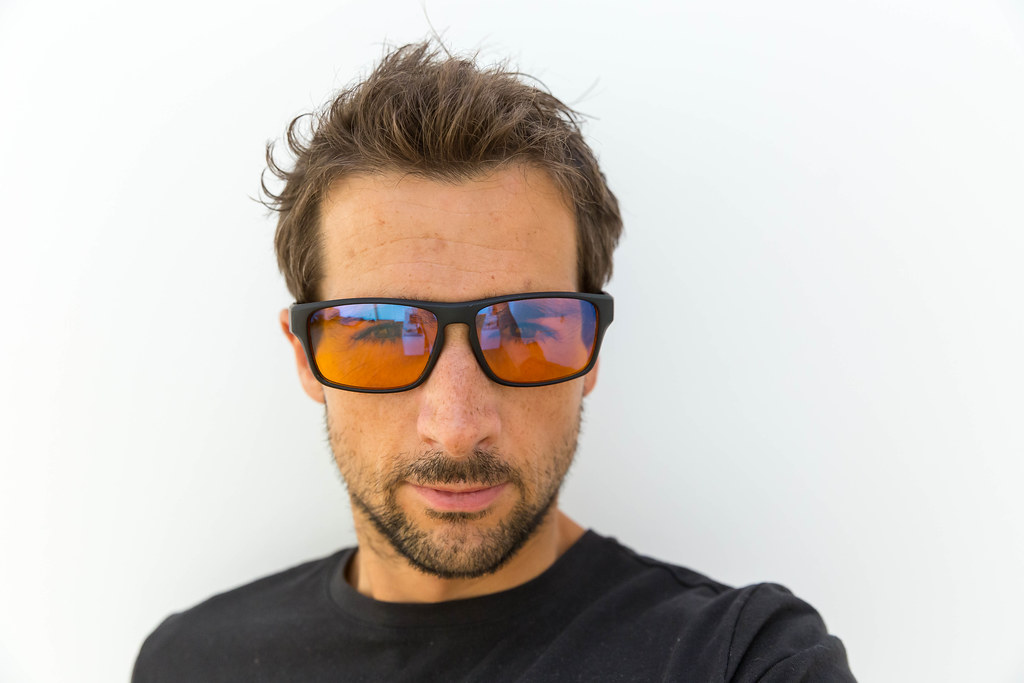
“Portrait of a man wearing Horus X blue …” from www.flickr.com and used with no modifications.
Studies suggest that wearing blue light glasses before bedtime can lead to improved sleep quality by reducing the amount of blue light that reaches the eyes, thus allowing for normal melatonin production.
While blue light glasses are a popular solution, it’s important to remember that they’re not a cure-all. They can be a useful part of your sleep hygiene routine, especially if you find yourself needing to use screens at night. However, it’s still best to limit screen time before bed when possible.
It’s worth noting that not all blue light glasses are created equal. Look for glasses that block out at least 90% of blue light for maximum effectiveness.
Remember, the best approach is to combine the use of blue light glasses with other good sleep practices, like sticking to a consistent sleep schedule and creating a restful bedroom environment.
Is All Screen Time Bad Before Bed?
While it’s true that the blue light from screens can interfere with sleep, it’s the amount and timing of screen time that’s key. A quick check of your phone for a few minutes isn’t likely to have a major impact, but prolonged use can be problematic.
It’s not just the light; it’s also the content. Engaging with stimulating or stressful material can make it harder to relax and fall asleep. So, if you must use screens at night, opt for something calming and avoid any kind of interactive engagement that could keep your brain buzzing.
How Does Blue Light Affect Night Shift Workers Differently?
Night shift workers face unique challenges as their work hours are at odds with natural circadian rhythms. Exposure to blue light at night can help them stay alert during their shift but can also make it difficult to fall asleep once they’re home.
For night shift workers, using blue light strategically during work hours and then minimizing exposure when it’s time to sleep can be helpful. This might involve wearing blue light blocking glasses on the way home or using blackout curtains to simulate nighttime in the bedroom.
Are There Apps That Can Help Reduce Blue Light Exposure?
-
Flux: Adjusts the color temperature of your screen based on the time of day.
-
Night Shift: Built into many smartphones, it shifts your screen to a warmer spectrum at night.
-
Twilight: For Android devices, it filters the flux of blue light emitted by your phone or tablet after sunset.
These apps can be a helpful addition to your sleep hygiene arsenal. They work by reducing the amount of blue light emitted by devices, which can help minimize its impact on your sleep cycle. However, they’re not a substitute for reducing overall screen time.
As helpful as these apps can be, they should be used in conjunction with other good sleep practices, such as dimming the lights in your home and winding down with a relaxing pre-sleep routine.
Ultimately, while technology can assist us, the best approach to improving sleep is often the simplest: listen to your body, prioritize rest, and create a sleep-conducive environment.
How Much Blue Light Exposure is Too Much?
There’s no one-size-fits-all answer to how much blue light exposure is too much. It depends on factors like your sensitivity to light and your overall sleep health. However, as a general rule, it’s wise to avoid prolonged exposure to blue light from screens for at least an hour before bedtime.
Keep in mind that blue light isn’t just about quantity; it’s also about timing. Exposure to blue light during the day can be beneficial, but at night, it can be disruptive. Paying attention to how you feel after using screens at night can give you a good indication of whether you need to cut back.
